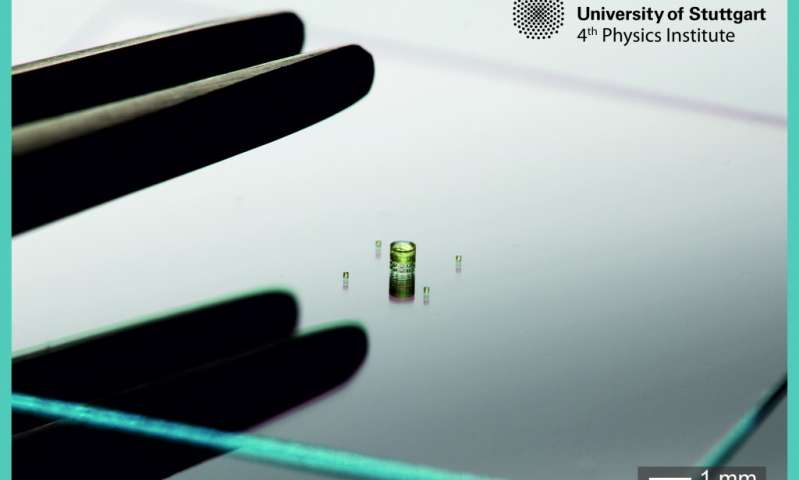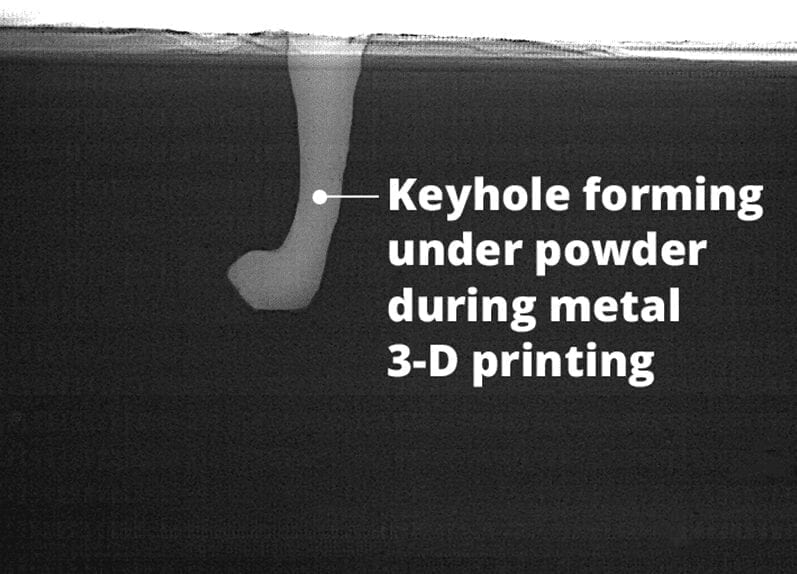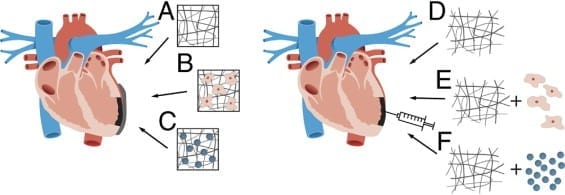
via phys.org
German engineers have created a camera no bigger than a grain of salt that could change the future of health imaging—and clandestine surveillance.
Using 3-D printing, researchers from the University of Stuttgart built a three-lens camera, and fit it onto the end of an optical fibre the width of two hairs.
Such technology could be used as minimally-intrusive endoscopes for exploring inside the human body, the engineers reported in the journal Nature Photonics.
It could also be deployed in virtually invisible security monitors, or mini-robots with “autonomous vision”.
3-D printing—also known as additive manufacturing—makes three-dimensional objects by depositing layer after layer of materials such as plastic, metal or ceramic.
Due to manufacturing limitations, lenses cannot currently be made small enough for key uses in the medical field, said the team, which believe its 3-D printing method may represent “a paradigm shift”.
It took only a few hours to design, manufacture and test the tiny eye, which yielded “high optical performances and tremendous compactness,” the researchers reported.
The compound lens is just 100 micrometres (0.1 millimetres or 0.004 inches) wide, and 120 micrometres with its casing.
Learn more: Micro-camera can be injected with a syringe
The Latest on: Micro multi-lens cameraX
[google_news title=”” keyword=”Micro multi-lens cameraX” num_posts=”10″ blurb_length=”0″ show_thumb=”left”]
via Google News
The Latest on: Micro multi-lens cameraX
- Viltrox announces AF 16mm F1.8 Z, a fast, wide-angle lens for Z-mounton May 7, 2024 at 6:03 am
Viltrox has formally announced the release of its AF 16mm F1.8 Z lens, a fast, wide autofocus prime lens for full-frame Z-mount cameras. It joins the lineup next to Viltrox's existing AF 16mm F1.8 ...
- Hasselblad announces XCD 25mm F2.5 ultra-wideangle for medium format camerason May 7, 2024 at 6:02 am
Hasselblad has announced the XCD 25mm F2.5, an ultra-wideangle lens for its X-system cameras. It can focus down to 25cm (9.8"), giving a maximum reproduction ratio of 1:5.8. The 2.5/25 is 105mm long ...
- This $69 lens is irresistibly cheap – but is Pergear's 25mm f/1.7 any good?on May 2, 2024 at 5:17 am
Chinese brand Pergear has released its new lens, the 25mm f/1.7 for APS-C and Micro Four Thirds cameras, for the incredibly low price of $69, making it one of the most affordable lenses on the market.
- Yashica partners with I’m Back to introduce Micro Mirrorless cameraon April 30, 2024 at 9:37 am
Introducing the Micro Mirrorless Yashica - I'm Back: the world's smallest interchangeable lens mirrorless camera.
- 10 Best Fisheye Lenses For Nikon Camerason April 19, 2024 at 4:59 pm
Z mount, suitable for Nikon Z6 Z7 Z50 and other mirrorless camera. Lens multi-layer coating, effectively improve light transmittance and suppress the ghosting and dazzling when backlight shooting.
- The Best Micro Four Thirds Lenses for 2024on April 17, 2024 at 5:00 pm
Interchangeable lens cameras offer a lot more creative flexibility and control than smartphones and point-and-shoots. Buying a camera with swappable lenses lets you change your angle of view and ...
- The Best Micro Four Thirds Lenses for 2024on April 17, 2024 at 5:00 pm
The Micro Four Thirds ... These are our highest-rated lenses for a range of shooting conditions. Images, and the devices that capture them, are my focus. I've covered cameras at PCMag for the ...
- The best iPhone lenses in 2024on April 17, 2024 at 7:07 am
Whichever iOS device you own, the best iPhone lenses can improve your photography, getting you some way towards matching the prowess of the best cameras. Some are designed for specific models ...
- Insta360’s first 8K camera comes with a removable lens guardon April 16, 2024 at 5:46 am
Unlike the X3, the X4’s Me Mode is also available in 4K and 2.7K. The camera’s removable lens guard could be a game-changer for shooting in harsher weather and environments, giving the fragile ...
via Bing News










